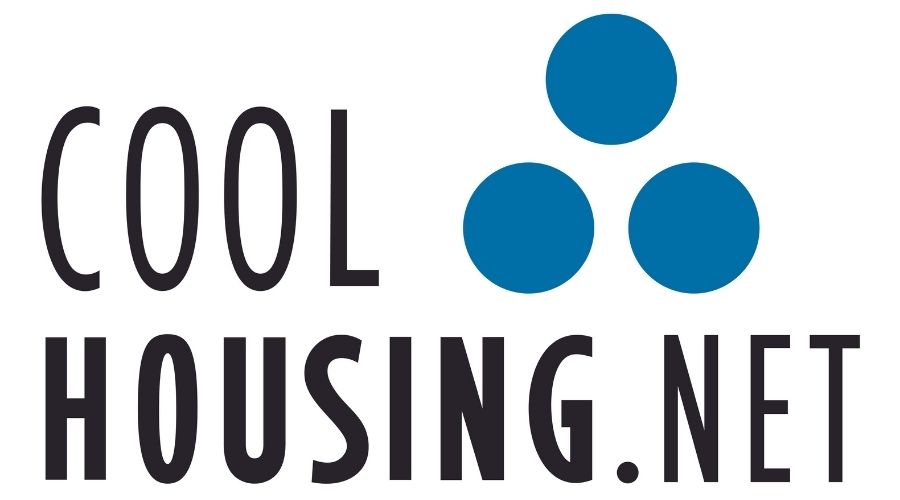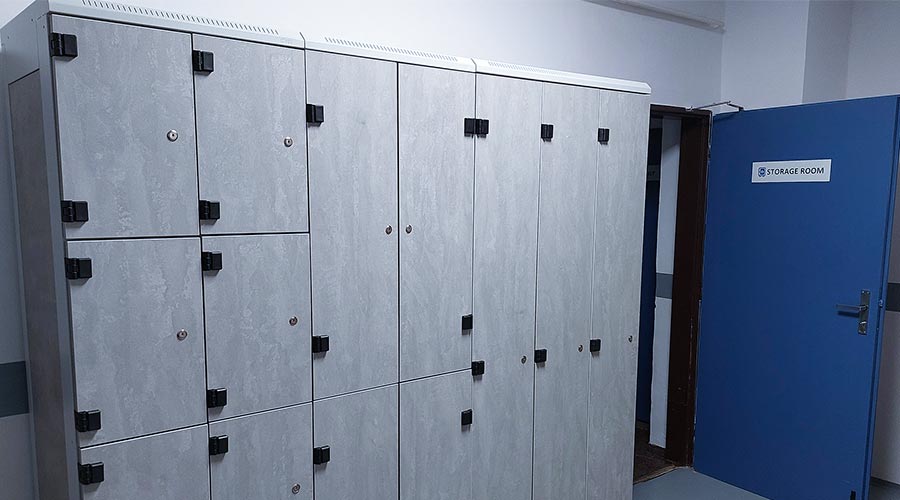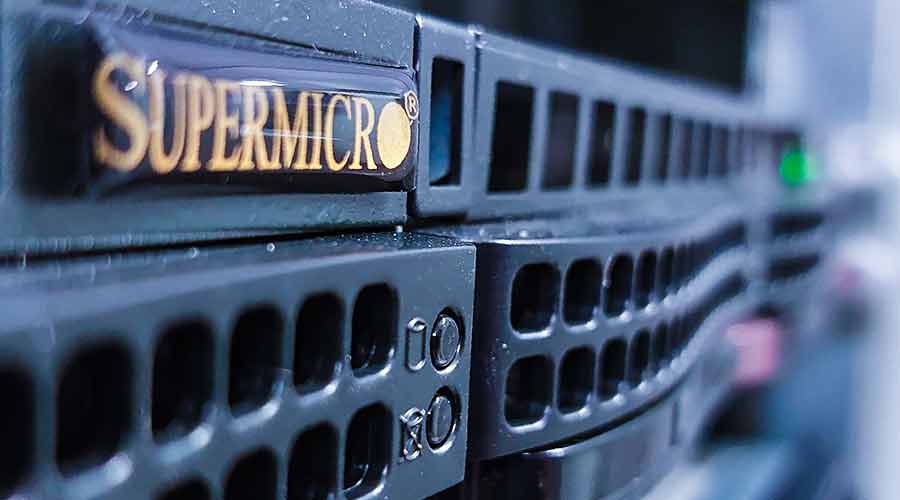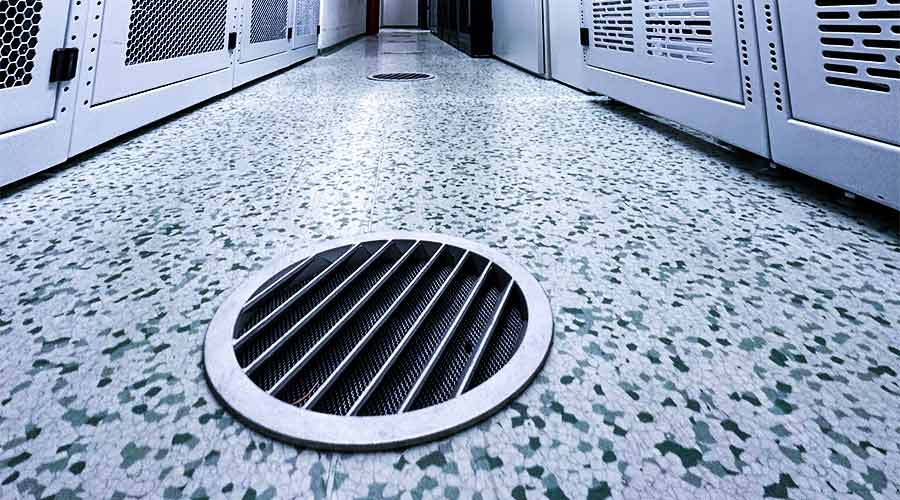More and more companies not only in the IT industry start putting stress on „green technologies“. When we speak about a server housing, it is not common yet to connect its operation with the environmental issues. Nevertheless the time is drawing near also in the Czech Republic and especially if we realize that an accumulated consumption for 3000 common server units represents about 1MW, the significance of the subject of energy intensity is evident.
In the world interwoven with the information networks, which depend on reliable and high density data stores, the energy efficiency, converted into a production of carbon dioxide per unit surface of the data center, is nowadays a hot talking point by all current and under construction data centers.
This can be solved in various ways. It ranges from traditional ways based on an improvement of HW efficiency over some less traditional such as intermittent duty of the server, to absolutely unconventional ways such as placing the data center underground.
Hot, everywhere you look
Firstly, let’s talk about what creates in fact the dominant part of the electric energy consumption per run of the data center. It’s by far not just the direct consumption for a server supply. This consumption increases with the rising stroke of the processor. Nowadays you can “give” to the same place even a double electric input unlike two or three years ago.
There aren’t seemingly many saving possibilities during keeping or rather instant growth of power – but the producers of the processors fortunately already feel the need of reacting and they let their products “turn green“. As an example we can mention series of Intel processors in the program Energy-Efficient Performance for Dual Core processors and also AMD processors in the program Maximize Performance-Per-Watt for Opteron processors and higher.
By the year 2010 Intel wants within the scope of „Intel and the Climate Savers Computing Initiative“ to reduce the CO2 production, which is produced directly further to computer running, to equivalent of 54 million tons annually worldwide, which represents for comparison an annual amount of emission exhaust fumes of 11 million cars or of 15 common coal-fired power stations.
It is worth mentioning that a research on waste heat recovery from the processors of the computers to backward power production, which is based on the thermionic radiation principle, is already in progress – but it is the topic for a self-contained article.
Practically the same quantity of electric energy is consumed by the server running itself as well as by its cooling. And here becomes the situation more interesting. This part rests seemingly on telehouse operator’s shoulders. But it isn’t so. Even here can a user / a customer influence a lot. The server generates heat liberation rate and it must be cooled even in time when it „does nothing“, runs free. It can be put to use quite easily – by shutting off of the server (disc arrays, graphic cards and other computer components) in time, when they are not needed. It is seemingly a crazy idea, however, if we take a deeper think it is brilliantly plain, cheep and mainly effective! Why for example let running both front-end servers in time of minimal run? Why don’t shut down the servers with backup discs array in time, when no transactions are coming? Some data center operators try to introduce this model – so far we have reports from USA and Asia. This tendency hasn’t come to indolent and fastidious Europe in greater scale yet.
Renewable resources? As the case may be.
Then there exists in the scope of „greening“ of the data centers a possibility of getting at least a part of the energy for the server operation from renewable resources. There aren’t many possibilities. Wind utilization may not be in the high-density city housing an optimal way. What could work is putting the solar cells on the roof of the telehouse. However, this also encounters a climate problem. Telehouses are mostly situated in the cities, where the efficiency of the solar cells is poorer in consequence of smog pollution then in the areas more suitable for it. In our conditions the output of the installed cell is in south Moravia per year more than 30% higher than in Prague thanks to a greater solar exposure. And this has of course a dramatic impact on economic return of the installation.
The waste heat recovery from the data center can of course also be ecologically advantageous. Unfortunately, there aren’t many possibilities considering that the waste heat is very low energetic. They are practically reduced to partial heating of the properties or facilities: dwelling houses, outside swimming pools and – which is quite interesting – glasshouses. However, again the placing of the common telehouses isn’t favourable for this use. Data centers are practically exclusively situated in the areas where it is no fear of flood, in the immediate vicinity there must be the data nodes or in the areas with a good connection, so e.g. over various product ducts and other underground structures, which are used for conducting of optic lines.
Another way how the data centers can „turn green“ is the purchase of the so-called green electricity. Telehouses in the countries where the public is highly sensitive to the environmental matters such as Germany and Netherlands really try to get PR points by declared purchase of a part of the electricity consumption from renewable resources. In the Czech Republic the green energy is 10 cents per kWh more expensive. However its purchase is more or less only a bookkeeping operation, which has with the reality nothing much in common, because all the energy get mixed in the transmission system, so the consumer nearly always absorbs energy from the core and the brown-coal-fired power stations anyway. But not even the accounting effect means practically anything when we consider that CEZ with its annual profits about 30 milliards collected last year 5,7 million CZK from the green energy, which should have supported the environmental energetic projects.
Data underground
To the very unconventional solutions surly belongs the placing of the data center underground, into an exhausted coalmine. In the Chubu area on the Japanese island Honshu SUN company plans this together with other partners and they want to utilize underground water cooling. It creates natural environment with a constant temperature 15 °C. The data center reduces in this way its electric energy consumption to c. 50 %. It isn’t absolutely a small project, the operators plan placing an equivalent up to 30 000 processor units placed in so-called blackbox. It should be maintenance-free sealed up containers carrying 250 servers each, lowered down to the depth of about 100 metres. With the total costs of 405 million USD the annual savings should be about 9 million USD.
So in our conditions the most feasible and very good affordable still for the present stays virtualization. So it means the purchase of computing power at the shared HW with a support of an energy saving program. The examples of this solution present also the programs such as Virtual Private Server or Webhotel from COOLHOUSING.NET Company, which run on the Intel processors with the support of energy saving Energy-Efficient Performance and where are the parts thanks to the debugged core used only as much as it is just in the given moment needed.
Finally, let’s mention also seemingly absolutely trivial, however, the most underestimated factor of power consumption saving, which is the choice of the source in relation to its efficiency. With the right source we can manage lower transformation of energy to heat and so the higher efficiency and also decrease in power consumption for the same computing power. The company COOLHOUSING.NET evaluated the sources on the basis of tests and stated as a good choice the sources from the company Fortron, which show really good results. Even though the price of the hardware, which is in terms of efficiency „ecological“, is still unfortunately high, the present trend of increasing prizes for energy indicates that in the end everybody would have to follow the way of higher energy efficiency.
Ing. Karel Umlauf, COOLHOUSING.NET




